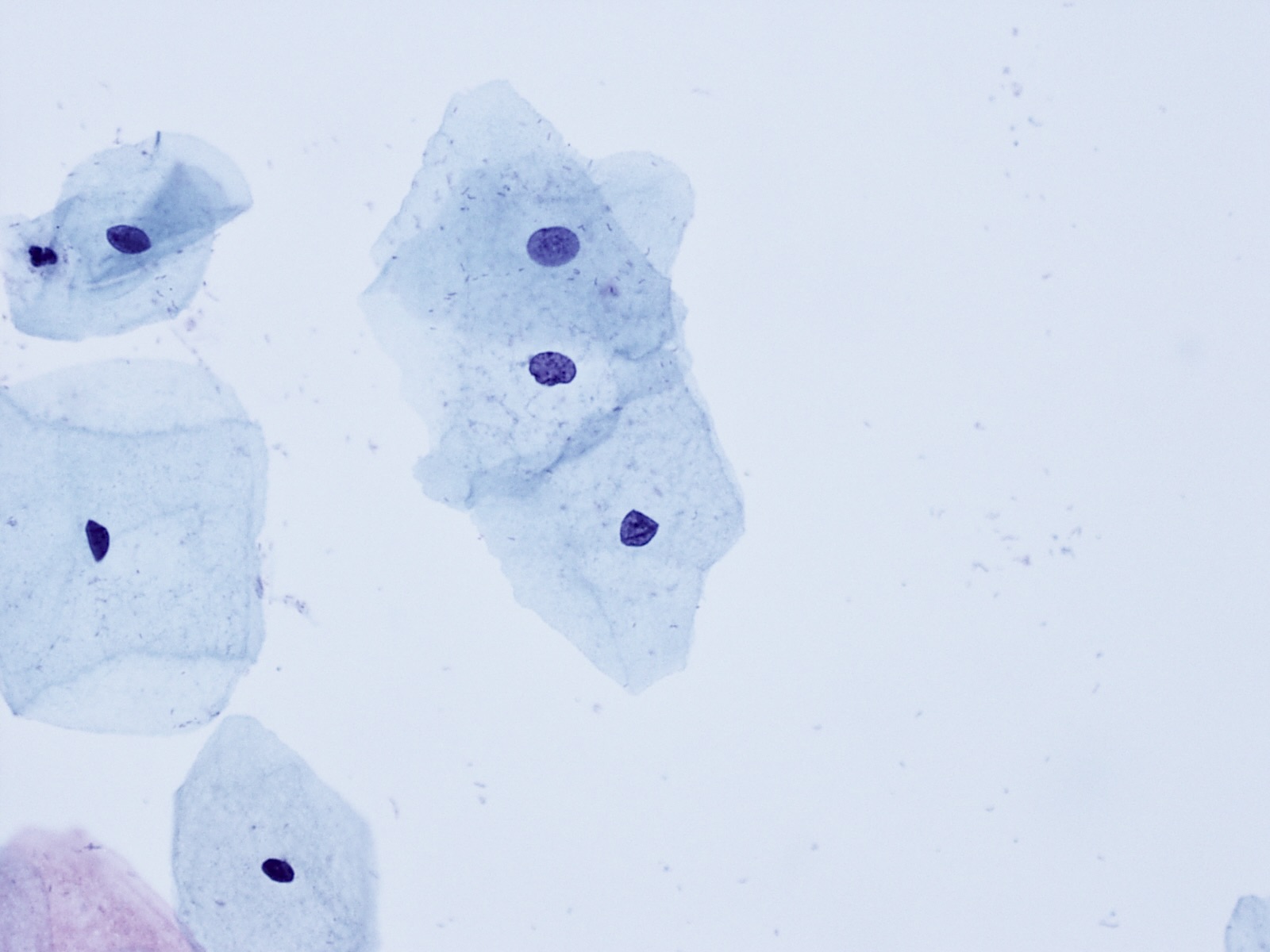

Glandular Lesions
Detecting endocervical glandular lesions is challenging. The lesions are less accessible because of their location in the endocervical canal, so sampling for cytology, visualisation at colposcopy and taking biopsies can all be difficult. The cytology interpretation of glandular groups can also be a challenge. Learning to recognise Adenocarcinoma in Situ (AIS) is key to understanding how to interpret endocervical glandular material in cervical cytology.
Most endocervical cancers are caused by HPV infection but some histologic types are not HPV related and present even more of a challenge in an HPV screening programme.
To complete this unit
1. Listen to the NCPTS PowerPoint talk on the histology of Glandular Lesions
2. Listen to the NCPTS PowerPoint talk on the cytology of Glandular Lesions
3. Read the NCPTS Cytomorphology Notes AIS and Cytomorphology Notes endocervical Adenocarcinoma
4a. Test yourself with the practice MCQS
4b. Test yourself with the practice slides
Next steps
5. Attend the Year 1-2 NCPTS workshop
6. Take the NCPTS assessment test at the end of the workshop to see how much you have learned
7. Additional Resources
